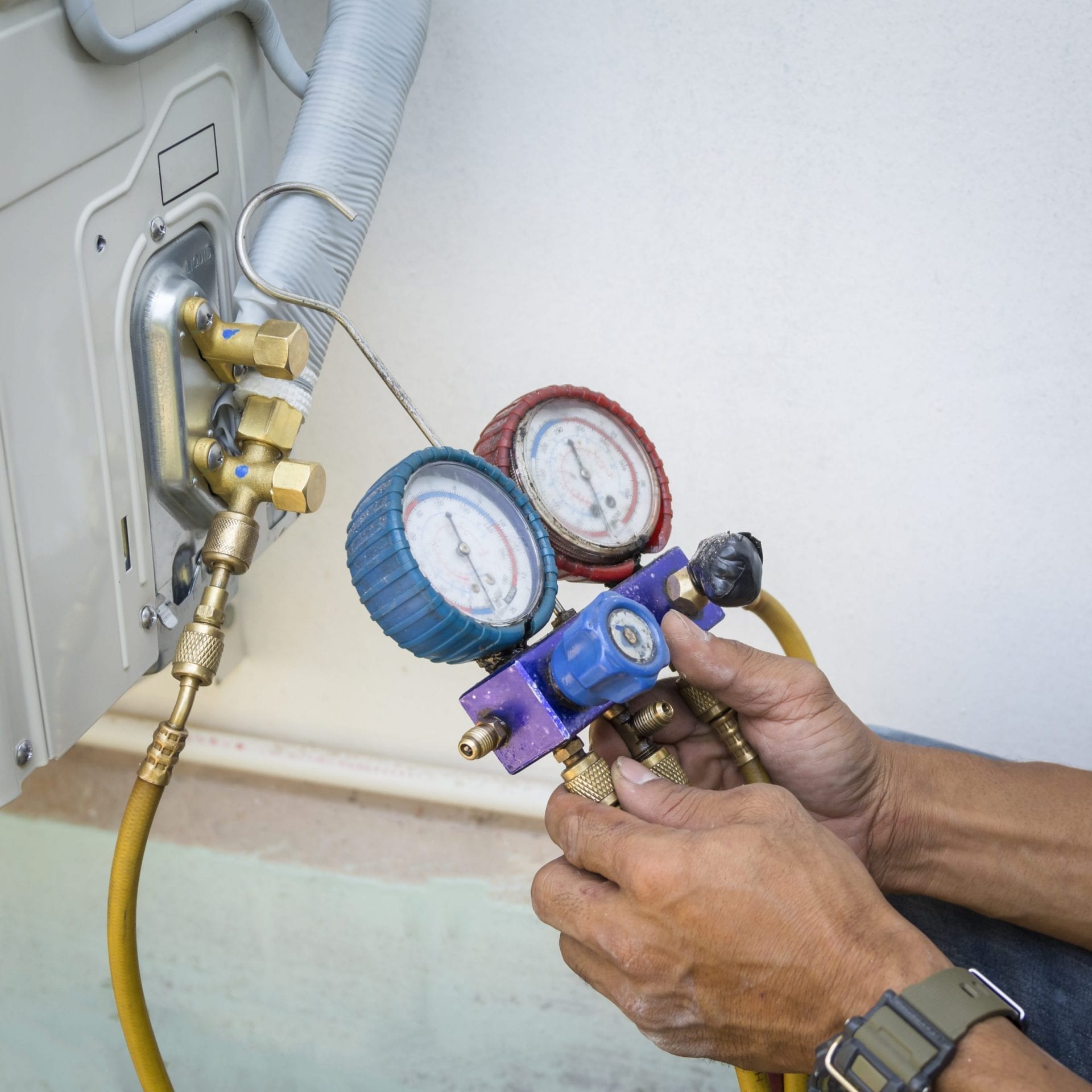HVAC Recommendations by ASHRAE® for COVID-19
People are beginning to return to the workspace. As you go back to work and occupy buildings again, there are several HVAC-related recommendations, published in the ASHRAE Position Document on Infectious Aerosols. The recommendations can be grouped into four categories, Dilute, Exhaust, Contain, and Clean.
To start, dilute involves bringing in more clean outdoor air to mix with the return air from the building and dilute any buildup of indoor contaminants. The first recommendation is to disable demand-controlled ventilation (DCV). DCV allows less outside air by measuring and monitoring the amount of carbon dioxide in the occupied space. The lower the CO2 count (PPM), the less outside air will be introduced into space. This has been an effective energy management strategy as the higher amount of outside air means more cost to heat & cool that air. DCV is typically used in spaces where you would have large gatherings that have partial occupancy part of the time (i.e. auditoriums, conference rooms, theaters, etc.).
 ASHRAE recommends increasing the ventilation by opening the outside air dampers further to allow for more fresh air further helping to dilute the spaces. It possible, ASHRAE recommends avoiding recirculating air and using HVAC equipment capable of 100% outdoor air. Further recommendation for diluting the building is to keep ventilation operating for longer hours. Even if it is at some reduced airflow, this continues dilution during unoccupied hours.
ASHRAE recommends increasing the ventilation by opening the outside air dampers further to allow for more fresh air further helping to dilute the spaces. It possible, ASHRAE recommends avoiding recirculating air and using HVAC equipment capable of 100% outdoor air. Further recommendation for diluting the building is to keep ventilation operating for longer hours. Even if it is at some reduced airflow, this continues dilution during unoccupied hours.
Secondly, another category ASHRAE recommends is keeping restroom exhaust fans operating all day and night to help purge the spaces helping to remove contaminants at their source.
Thirdly, contain microorganisms by maintaining indoor relative humidity between 40% and 60%. Many commercial buildings have conventional VAV systems. It is recommended to disable discharge air temperature reset during hot and humid weather, which will help keep indoor humidity levels lower. Also, it is important that any type of reheat system is not disabled. Hot water or electric reheat system will provide humidity control.
Lastly, using air cleaning technology will help reduce the presence of particles and microorganisms. If possible, upgrade filters to MERV-13 or higher. Most conventional HVAC systems use MERV-8. Another good application is to add portable room air cleaners with HEPA or high-MERV filters. This can be placed in a higher traffic area to help clean the air. A growing and popular technology that has been around for some time is the application of ultraviolet (UV) lamps in air-handling equipment or ductwork. ASHRAE’s current recommendations concentrate mostly on high-efficiency air filters and UV-C lamps because of the existence of peer-reviewed research studies. However, there are other air cleaning technologies in the marketplace, such as photocatalytic oxidation and bi-polar ionization.
These ASHRAE recommendations will help with indoor air quality and help mitigate the risks associated with COVID-19. However, they do come with a penalty of increased energy costs and possible HVAC equipment modifications to help handle an increase in outdoor air volume, static pressure increases from higher efficient filters (need to check existing motor BHP), and the installation of air cleaning technology.
We can help evaluate your existing HVAC systems and discuss introducing one or more of these ASHRAE recommended measures to ensure you have implemented them safely and that the recommended manufacturer’s specifications and guidelines are being followed. Contact us today if you have any questions.




